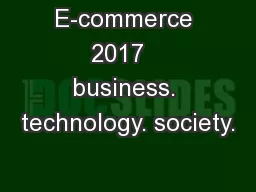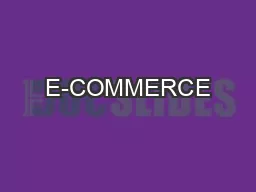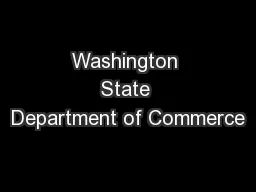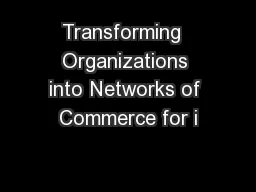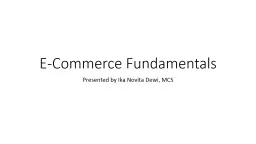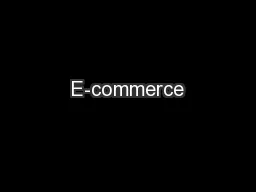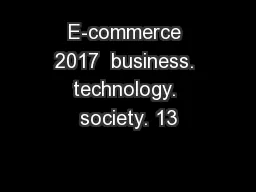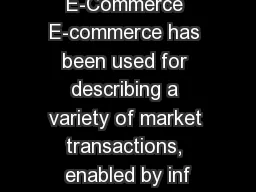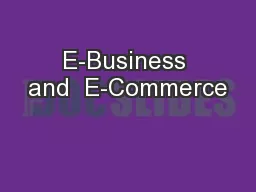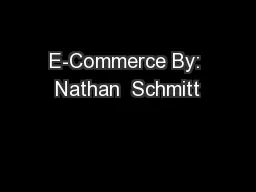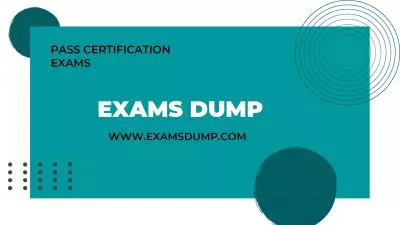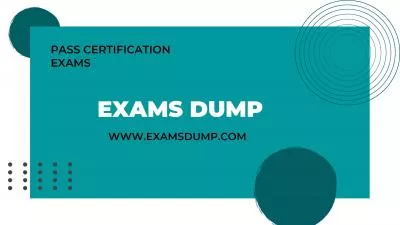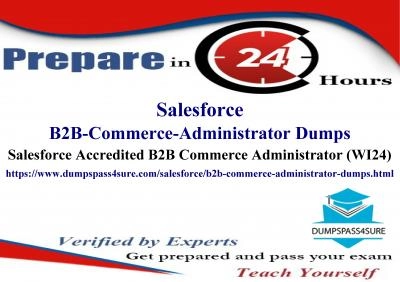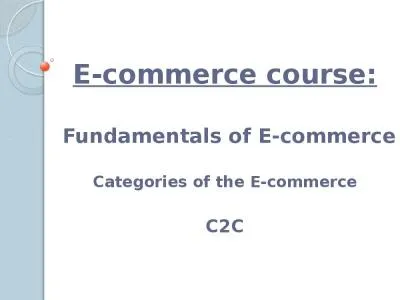PPT-E-commerce 2017 business. technology. society.
Author : karlyn-bohler | Published Date : 2018-11-03
13 th edition Chapter 6 Ecommerce Marketing and Advertising The Online Purchasing Decision 1 of 2 Five stages in consumer decision process Awareness of need Search
Presentation Embed Code
Download Presentation
Download Presentation The PPT/PDF document "E-commerce 2017 business. technology. ..." is the property of its rightful owner. Permission is granted to download and print the materials on this website for personal, non-commercial use only, and to display it on your personal computer provided you do not modify the materials and that you retain all copyright notices contained in the materials. By downloading content from our website, you accept the terms of this agreement.
E-commerce 2017 business. technology. society.: Transcript
Download Rules Of Document
"E-commerce 2017 business. technology. society."The content belongs to its owner. You may download and print it for personal use, without modification, and keep all copyright notices. By downloading, you agree to these terms.
Related Documents

